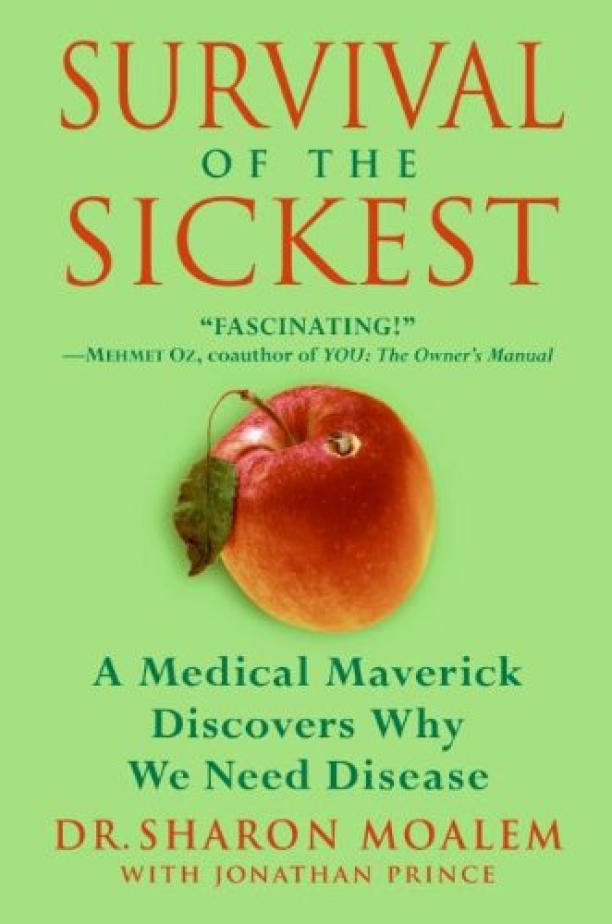Summary:
The book explores the counterintuitive concept that certain diseases which are harmful in the modern world may have historically provided evolutionary advantages to our ancestors. It delves into the genetic legacy of these conditions, examining how traits linked to diseases like hemochromatosis or diabetes played a role in human survival and adaptation to different environments.
Key points:
1. Disease Evolution: The book discusses how some diseases may have evolved for human survival, like the sickle cell gene providing malaria immunity.
Books similar to "Survival of the Sickest":
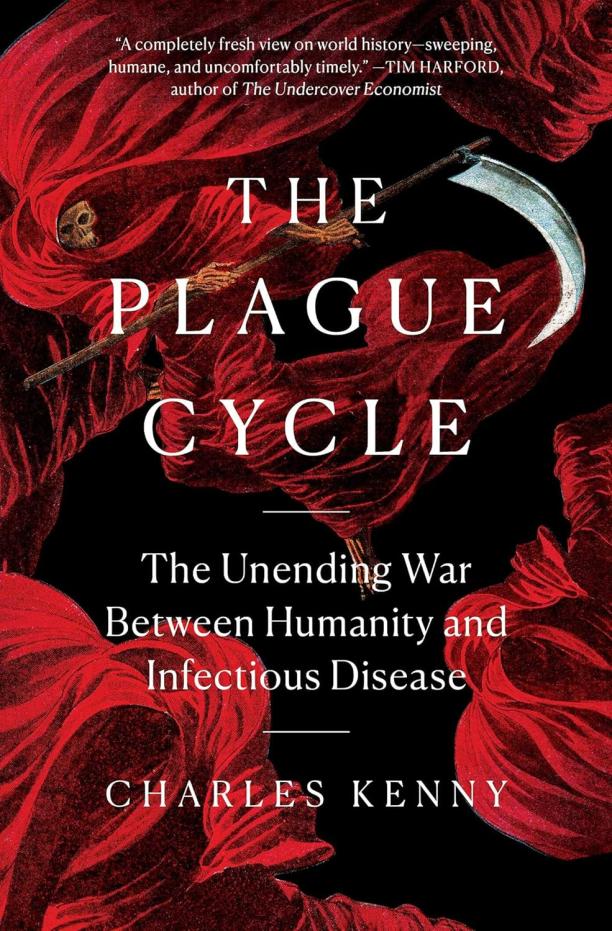
The Plague Cycle
Charles Kenny
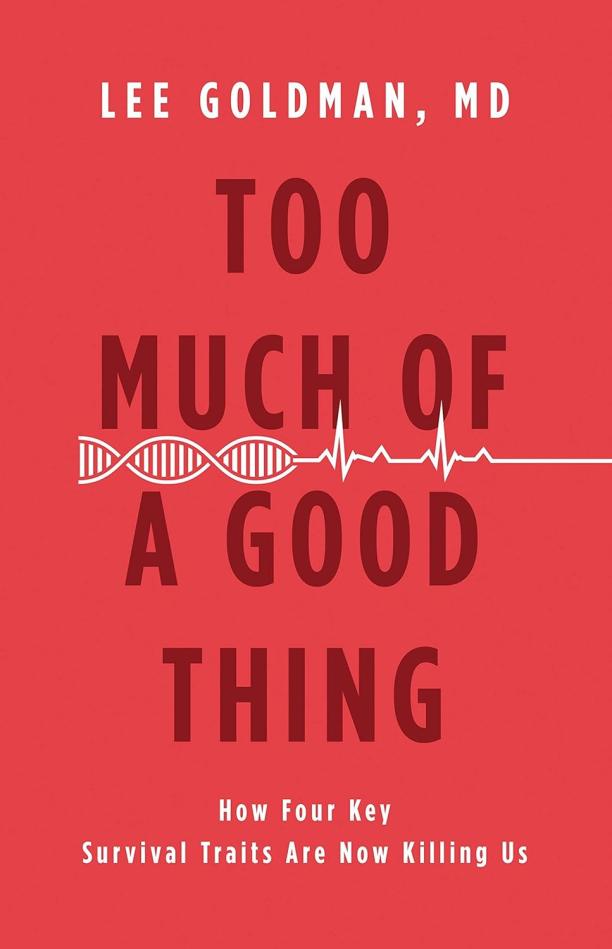
Too Much of a Good Thing
Lee Goldman
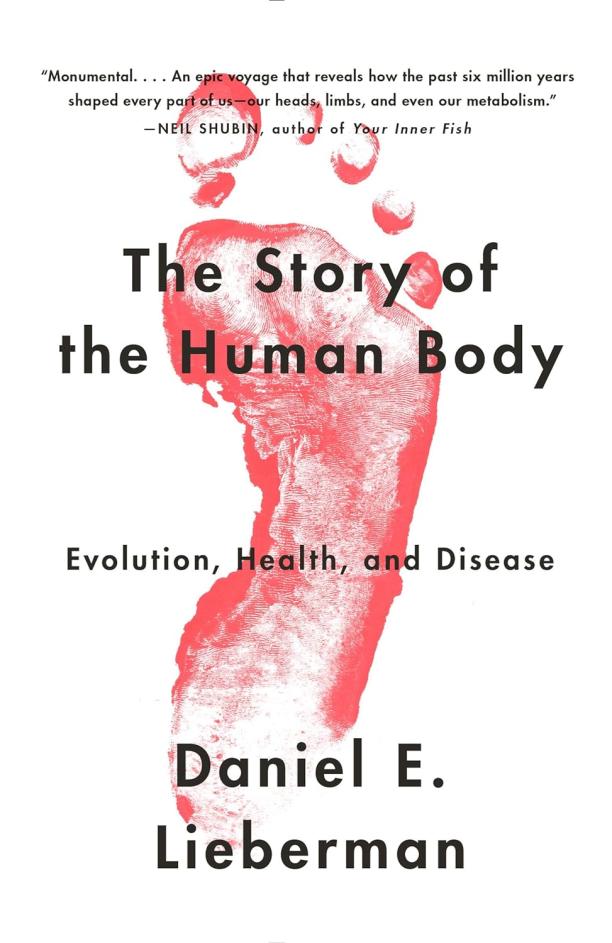
The Story of the Human Body
Daniel Lieberman
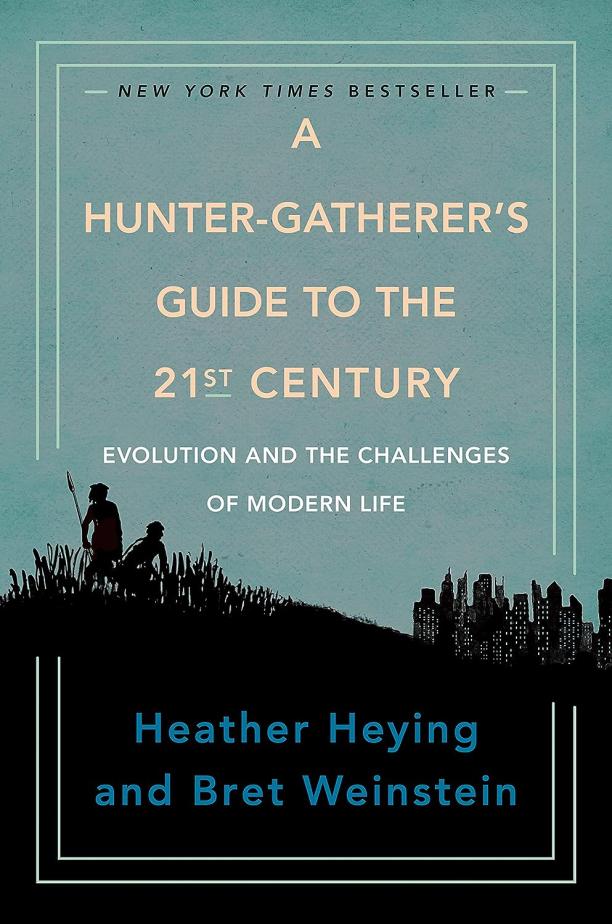
A Hunter-Gatherer's Guide to the 21st Century
Heather Heying|Bret Weinstein

The Moral Animal
Robert Wright
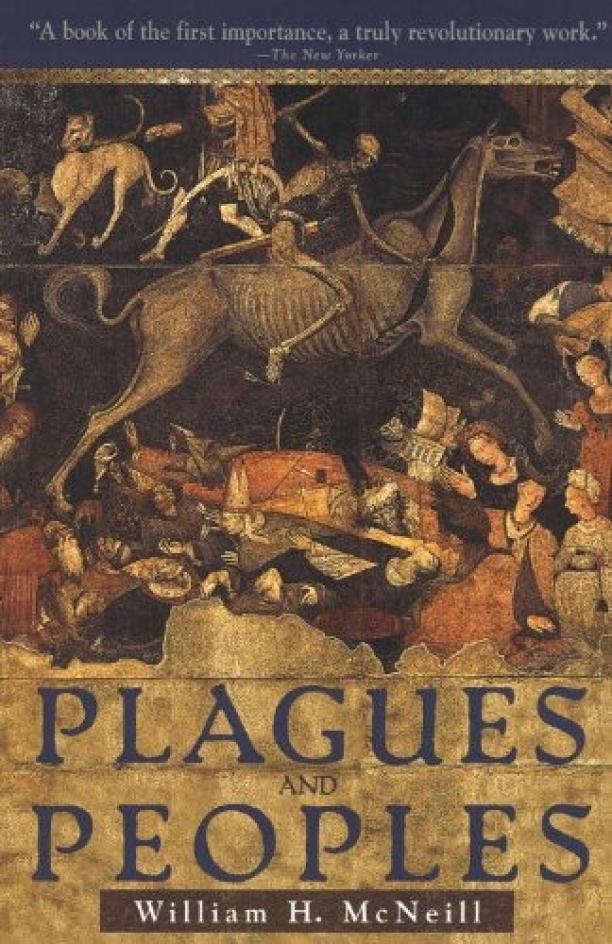
Plagues and Peoples
William McNeill
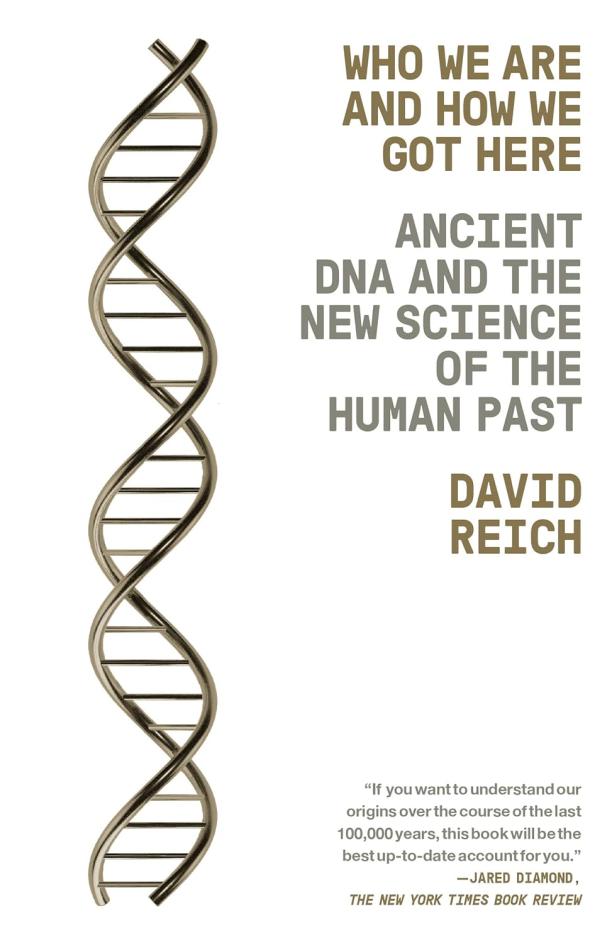
Who We Are and How We Got Here
David Reich
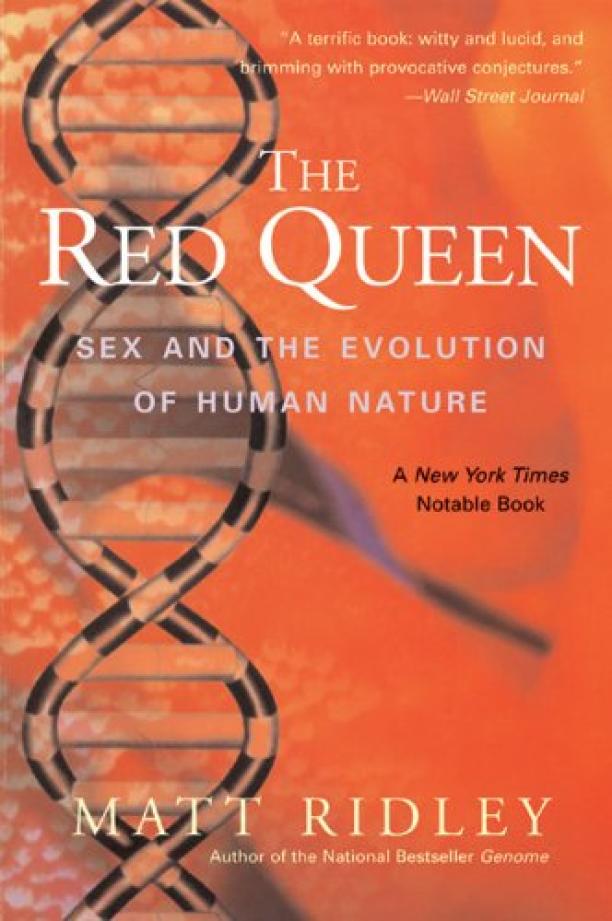
The Red Queen
Matt Ridley
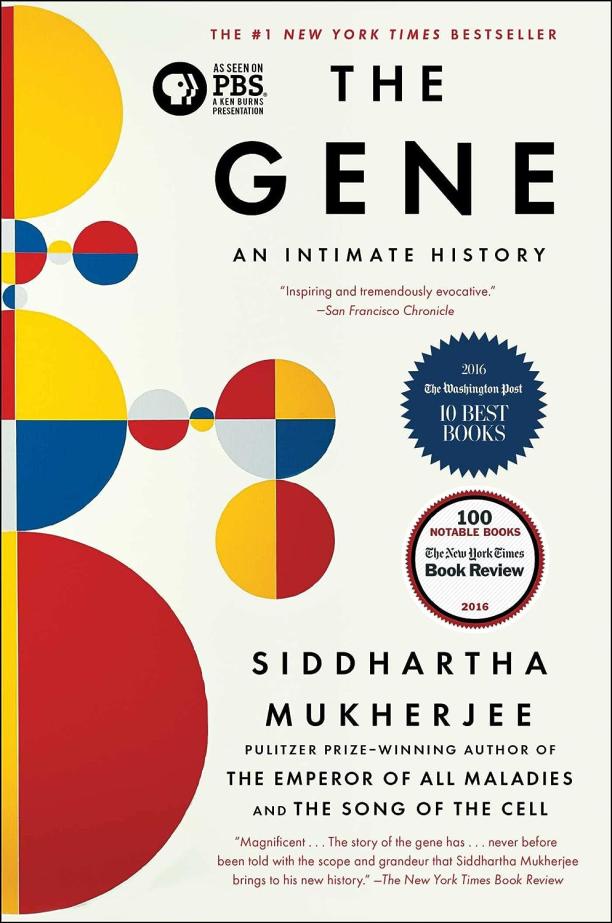
The Gene
Siddhartha Mukherjee

The Violinist's Thumb
Sam Kean
